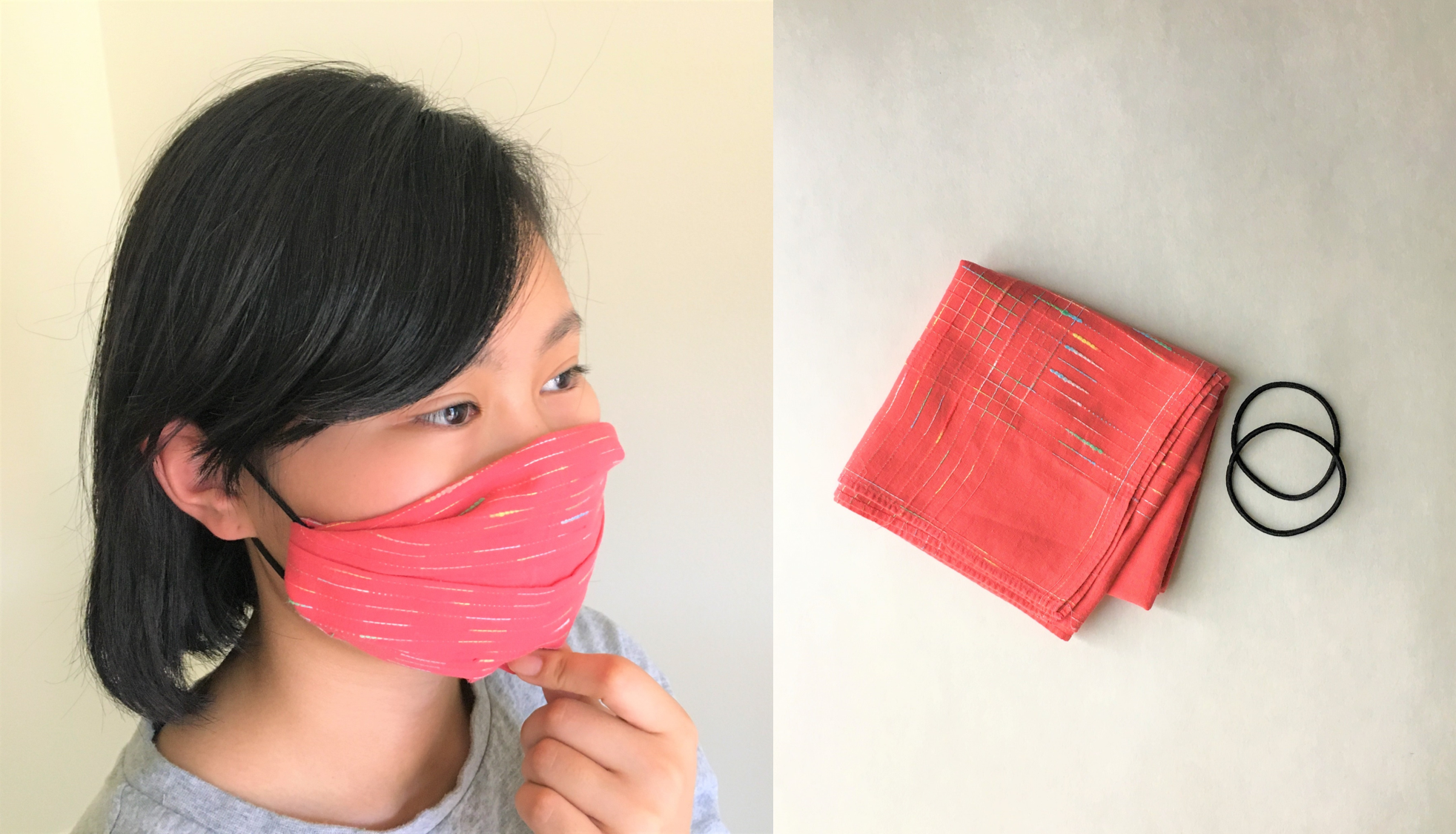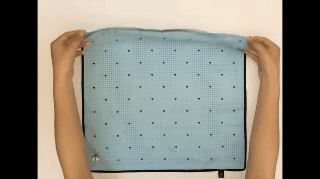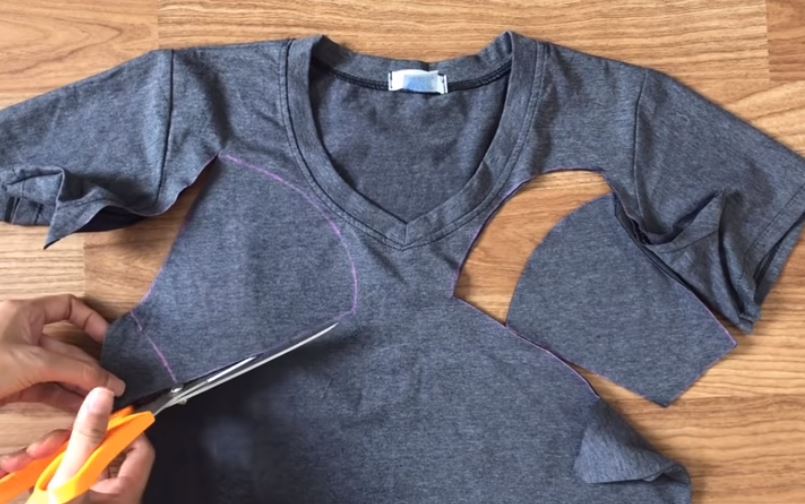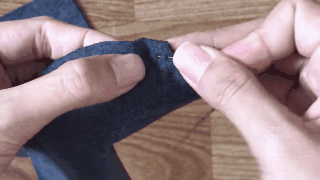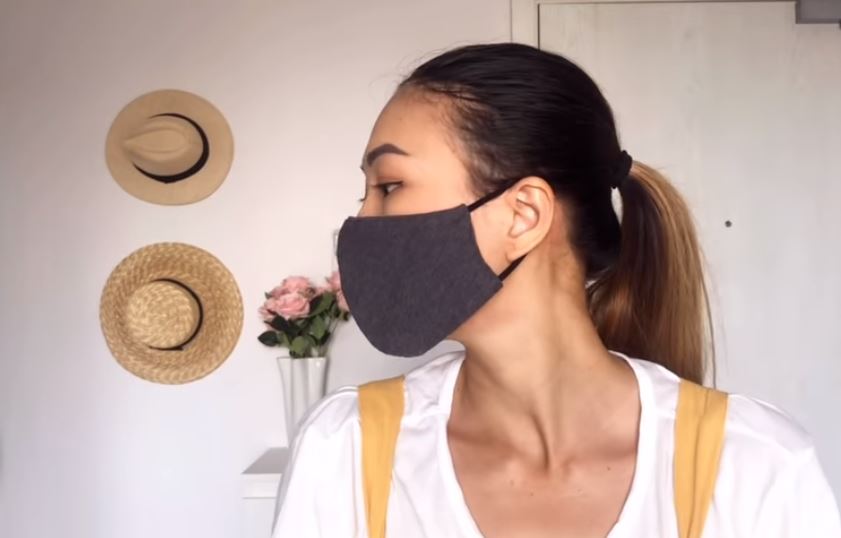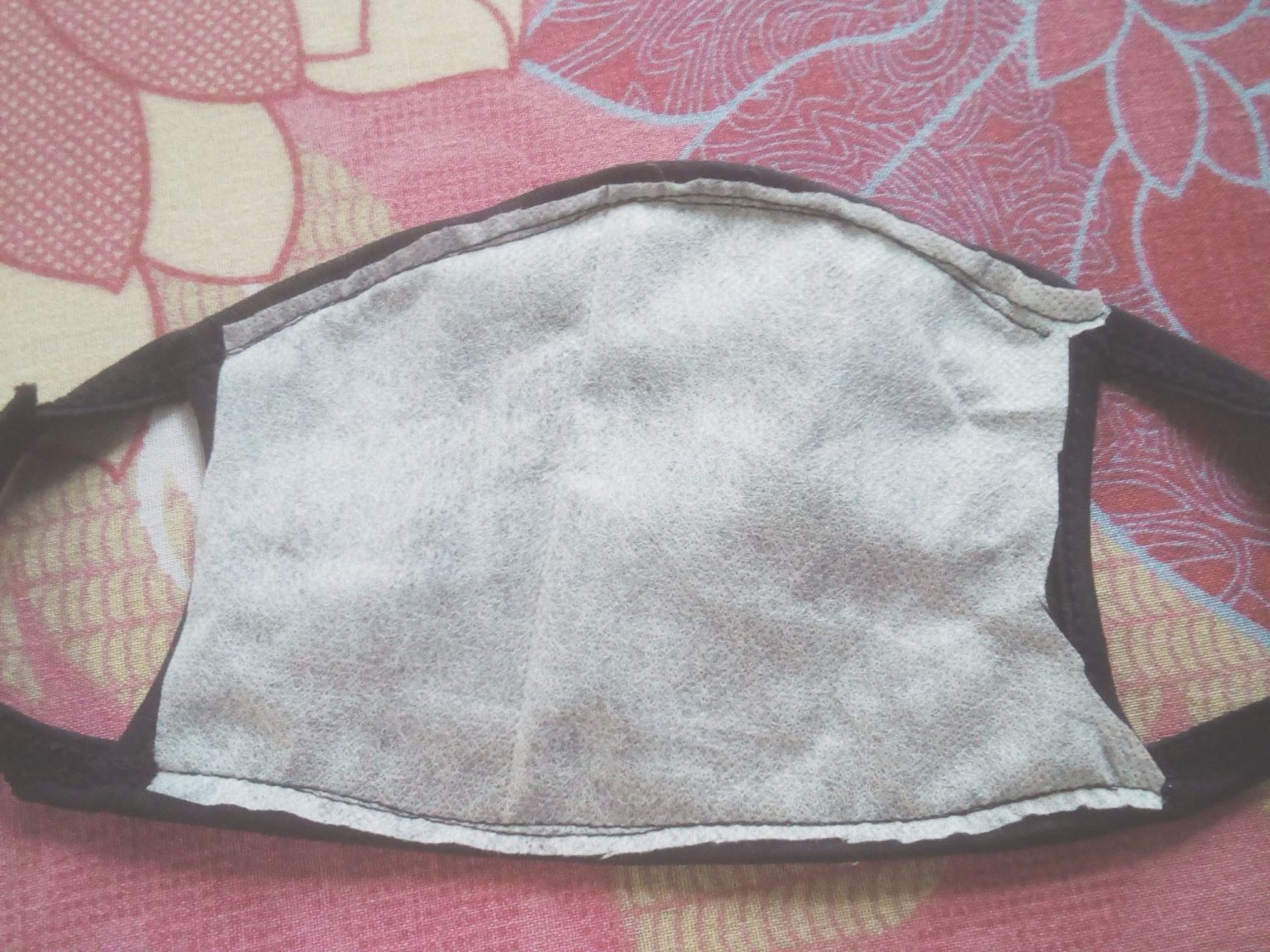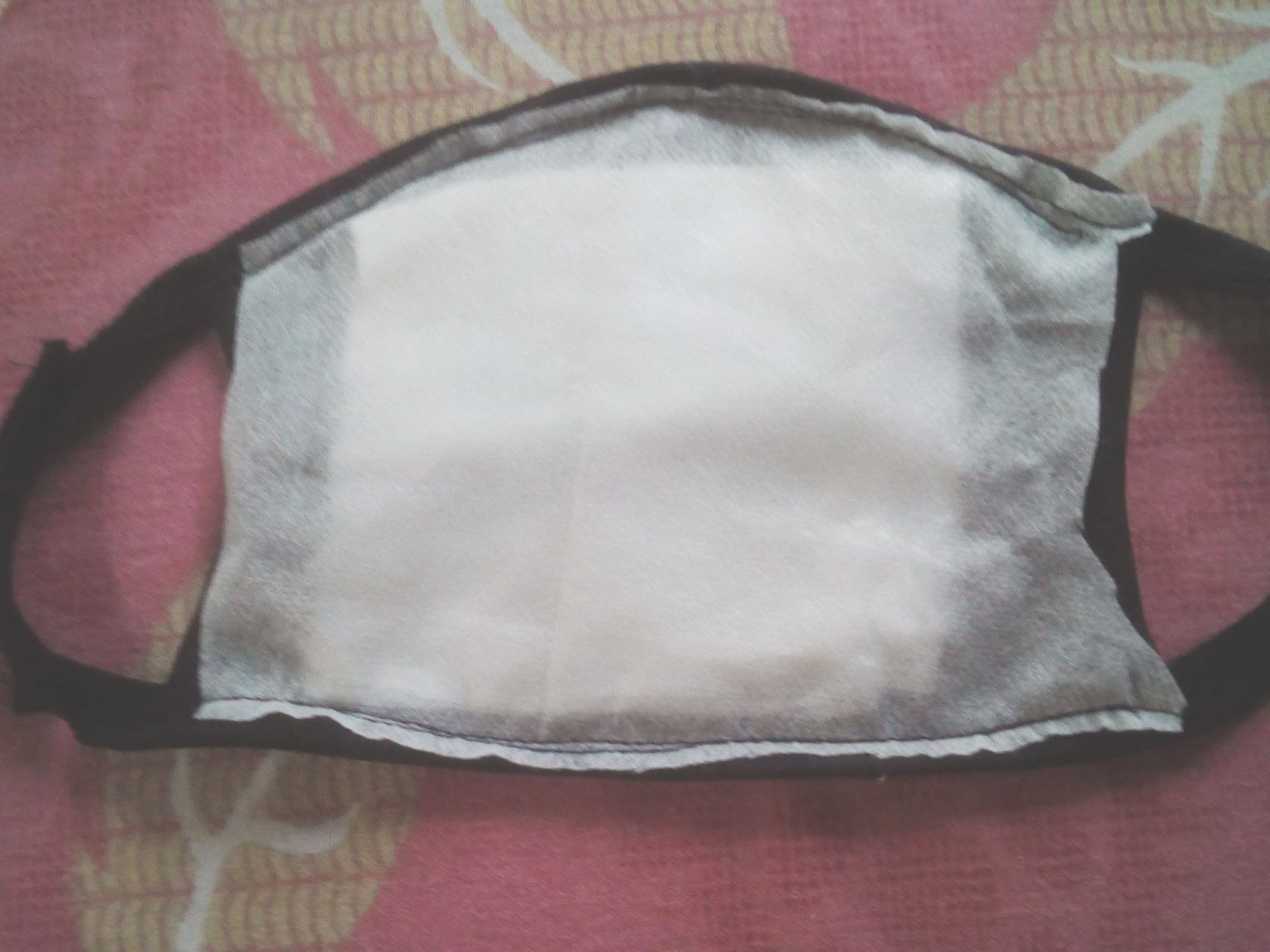Here Are 3 Ways To Make Your Own Face Mask At Home
You can make one with just a handkerchief and two hair ties!
The COVID-19 pandemic has led to a shortage of protective face masks around the world, including Malaysia
Due to the dwindling supply to our medical frontliners, the Ministry of Health has advised the public against wearing masks.
However, contrary to the advice and according to The New York Times, many studies suggest that widespread mask-wearing can be a great complement to handwashing and social distancing to avoid infections.
Therefore, some experts are now advising people to fashion their own face coverings
Though these improvised homemade masks may not eliminate the risk entirely, they may reduce the likelihood of infection, according to a study reported by New Straits Times.
"Our findings suggest that a homemade mask should only be considered as a last resort to prevent droplet transmission from infected individuals, but it would be better than no protection," the study said.
Most importantly, they do not compete with the shortage of commercial single-use masks.
Thankfully, social media has been flooded by creative netizens with designs for DIY masks made out of material easily found in the household, including handkerchiefs, hair ties, and old T-shirts.
1. Quickly fold yourself a face mask before you head outside
The easiest face mask seen online by far can be made in one minute with only a handkerchief and two hair ties.
It only involves folding the handkerchief carefully to make pleated layers, before stringing it with two hair ties at the end.
2. If you have time to spend, sew yourself a steadier face mask
There have been a variety of hand-sewn face mask tutorials online. However, this YouTuber, Jess Dang, shows one of the easier and more popular methods without the need of a sewing machine.
She used cloth cut out from old T-shirts, as according to Business Insider, the best material to make homemade masks from is tightly woven, cotton fabric.
With just some simple stitching, she managed to make a good-looking face mask with an old T-shirt and two hair ties.
3. If you already have yourself a fabric mask, make sure it is does actually provide protection
A SAYS reader revealed that many face masks bought outside used thin fabric that had gaps visible when held against light.
With a background in physics and engineering, Ahmed Sanny sent us a method to adapt faulty fabric face masks into effective ones at home.
He recommended sewing an extra layer behind the mask with a light and soft fabric, leaving two sides open to slide in a folded piece of tissue paper to make extra layers.
While they are definitely not as great as surgical masks, fabric masks are possibly the most simple and economical way of having something to cover our mouths and noses - better than having no barrier at all.
And as Ahmed reminded, "Just remember to wash these fabric face masks after every use."

